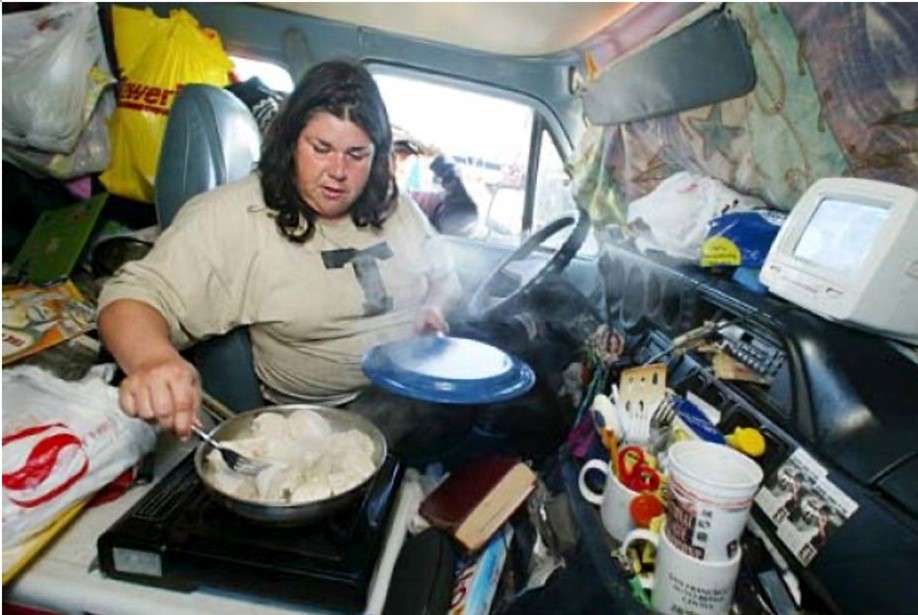Dick Platkin
December 19 2024
https://www.citywatchla.com/planning-watch-la/30052-why-has-the-price-of-housing-increased-faster-than-incomes

PLANNING WATCH – Most Angelenos know that the cost of housing has risen much faster than family incomes in recent decades. The above chart reveals that in LA County the cost of housing has soared since 1970 while median family income has barely moved. The result is that housing in Los Angeles – like most of the US – is increasingly unaffordable. This is why so many people double-up, become homeless, or move to cheaper housing markets. They have been priced out of market housing, and the option of public housing barely exists.
This is a perfect example of social pathology, while the housing non-profits focus on such personal pathologies as mental illness and drugs. In fact, this is why elected officials and the corporate media seldom mention the working unhoused. They are the vast majority of the homeless, but keep a low-profile, often living in their cars.

There are many reasons why homelessness has increased since 1970, and an October 2024 report from the Washington, DC-based Institute for Policy Studies focuses on the role of real estate investors. They drive up the cost of housing, and this results in rising homelessness.
“The over-focus on expanding housing supply through for-profit development misses a key contributor to the housing crisis: the concentration of wealth and power. The challenges of the U.S. housing crisis go beyond supply or fixing local land use regulations. The billionaire class and billionaire-backed private equity investors have become a driving force in the U.S. housing crisis.”
This report is a must read for anyone looking for a carefully researched analysis of the housing crisis, especially in California, where homelessness and overcrowding continue to rise, despite billions in public funds devoted to housing issues.
“The failure of lawmakers to address the treatment of housing as a speculative asset and the unregulated activity of the billionaire class, for-profit investors, and private equity firms has artificially driven up property prices. The gap between housing prices and the salary needed to . . . afford them continues to expand, to the point where 653,000 people are currently unable to meet those expenses and are unhoused.”

In addition to analyzing the current housing crisis, this report inventories potential programs that should be prioritized:
• • Community Land Trusts. In Los Angeles the Beverly-Vermont Community Land Trust is an excellent example.
• • Just Cause Evictions. In Los Angeles the City Council has adopted a Just Cause Eviction Ordinance.
• • Right to Organize and Right to Counsel. Los Angeles Country recently adopted an ordinance ensuring legal representation to tenants facing eviction.
• • Rent Control. Los Angeles has a Rent Stabilization Ordinance, a watered-down version of rent control. This ordinance applies to apartments built before 1979, and it allows reversion to market rate rents when tenants leave.
• • Tax Luxury and High Value Real Estate Transfers. Measure ULA, passed by Los Angeles voters in 2022, levies a 4% charge on property sales above $5 million and a 5.5% charge on sales above $10 million.
• • Empty homes and vacancy tax. Investors keep millions of Never been Occupied housing units vacant, assuming that property appreciation allows them to profitably sell them. I cannot identify any local legislation restricting corporate ownership of housing. Vancouver, BC, however, adopted a tax on vacant houses.
• • Housing First. This policy, including the California version, prioritizes rapid rehousing.
• • Restriction Ownership of Single-Family Homes. Like vacancy taxes, I have not found any state laws or local ordinances restricting corporate ownership of housing.
• • Expand Public Housing. The elimination of public began in 1973 under the Nixon administration, and it has never ended.
Unmentioned in this report, but criticaly important to solve the housing crisis, is raising wage levels. Without these increases, it is impossible to bridge the gap between rapidly rising housing costs and stagnant incomes.
The Institute for Policy Studies report explains the current housing crisis, including homelessness, in stark detail, identifying the role of corporate landlords in raising housing costs much faster than incomes. It is a must read, despite the report’s failure to discuss raising employee compensation.
(Dick Platkin is a retired LA city planner, who reports on local planning issues. He is a board member of United Neighborhoods for Los Angeles (UN4LA). Previous columns are available at the CityWatchLA archives. Please reply to rhplatkin@gmail.com.)

